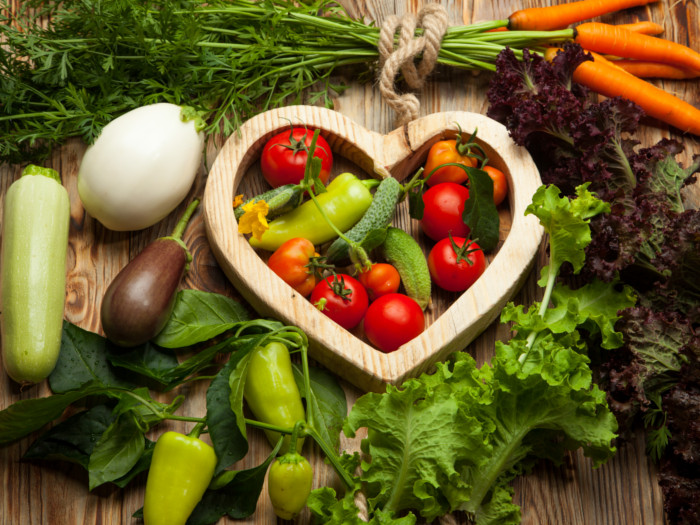The GAPS diet is followed by people with very specific gastrointestinal and neurological conditions, but if you need to start this diet, there are a few things you should understand first.
What is the GAPS Diet?
The GAPS diet (the Gut and Psychology Syndrome Diet) is actually a derivation of another diet intended to treat inflammatory conditions in the gastrointestinal system, limiting food intake to certain easily digestible foods. That first diet was the Specific Carbohydrate Diet and it was designed to help those who had a damaged or unhealthy bacterial balance in their gut. If you suffer from the leaky gut syndrome, the GAPS diet may be an ideal choice for you. [1]
The basic premise is that this diet will eliminate those highly processed and refined foods that can actually increase inflammation, replacing them with probiotic, easily digestible, and nutrient-dense foods that can rebuild the health of your gut. Unlike many other diets, this one evolves through a series of six stages, beginning with an extremely limited range of foods, and gradually introducing prohibited foods back into daily or weekly consumption. This patient re-training of the gut is why this diet is considered so effective. [2]

GAPS diet requires the elimination of grains, pasteurized dairy, starchy vegetables and refined carbs. Photo Credit: Shutterstock
GAPS Diet Food List
As mentioned, this diet includes nutrient-dense, non-processed foods that have probiotic potential, including many of the following. The most important element of this diet is the elimination of grains, starchy vegetables, and processed carbohydrates. While you can add the following foods to your diet:
- Fish and fish oil supplements
- Fruits and Vegetables
- Nuts and legumes
- Meat
- Avocado oil
- Olive oil
- Herbs and Spices
- Apple cider vinegar
- Almond flour
- Raw honey
- Beverages
- Dairy products
GAPS Intro Diet
The GAPS Intro Diet is recommended for first-time users and is broken up into six stages, each of which includes slightly more food options than the last. Beginning with a very strict list of foods, over the course of six weeks, more and more foods will be reintroduced in each stage.
Stage 1
You can eat beef, chicken, lamb, onions, garlic, spinach, tea, broccoli, winter squash, zucchini, raw honey, ginger, pumpkin, yogurt, and turnips, among others.
Stage 2
You can now add coconut oil, ghee, egg yolks, and avocado.
Stage 3
In this stage, add celery, fresh herbs, asparagus, nut butter, and almond flour, among a few others.
Stage 4
You may now include dried herbs, extra virgin olive oil, roasted meats, and carrot juice.
Stage 5
In the penultimate stage, you can add applesauce, cucumbers, tomatoes, and mangoes.
Stage 6
In this final stage, you can reintroduce all remaining raw fruits, as well as coconut milk.
